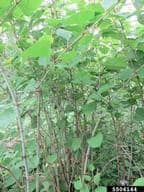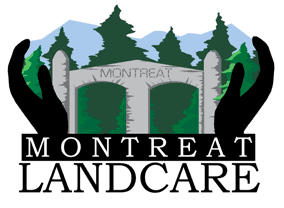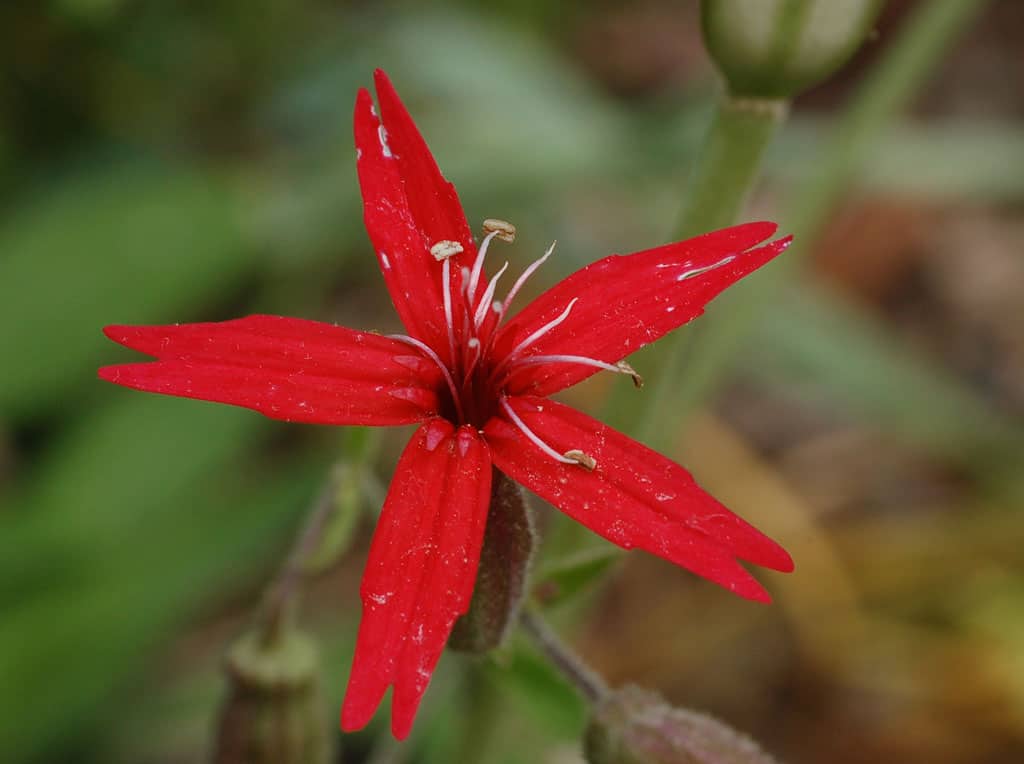More than ever, native plant species should be the preferred choice of homeowners, businesses and institutions for their gardens. A native plant is adapted to local climate and seasons, and offers advantages concerning drought hardiness and resistance to disease and insect pests. In contrast, so-called invasive plants cause problems in the environment because they may be toxic to native wildlife, while a lack of natural controls can allow rampant growth.
This page introduces the Montreat community to some issues and opportunities for conserving the Montreat landscape through the selection and use of native plant species. We also offer an explanation of why “invasives” should be avoided, and even removed when possible.

“Exotics,” or non-native plants are introduced by human action from another geographic area. Some are accidental. 
Visit the Montreat Native Plant Garden! It is located on the right-hand (eastern) side of Assembly Drive as you enter Montreat. It’s accessible from the Memorial Garden parking area via footbridge over Flat Creek.
See these Montreat Landcare Committee Fact Sheets for more information, including links to other references and organizations:
- landcare-fact-sheet-1-native-plants-seaman-revised-4-2014
- landcare-fact-sheet-2-invasive-plants-april2014
- landcare-factsheet-3-montreat-plants-list-april-2014
- landcare-sheet-4-list-of-invasives

